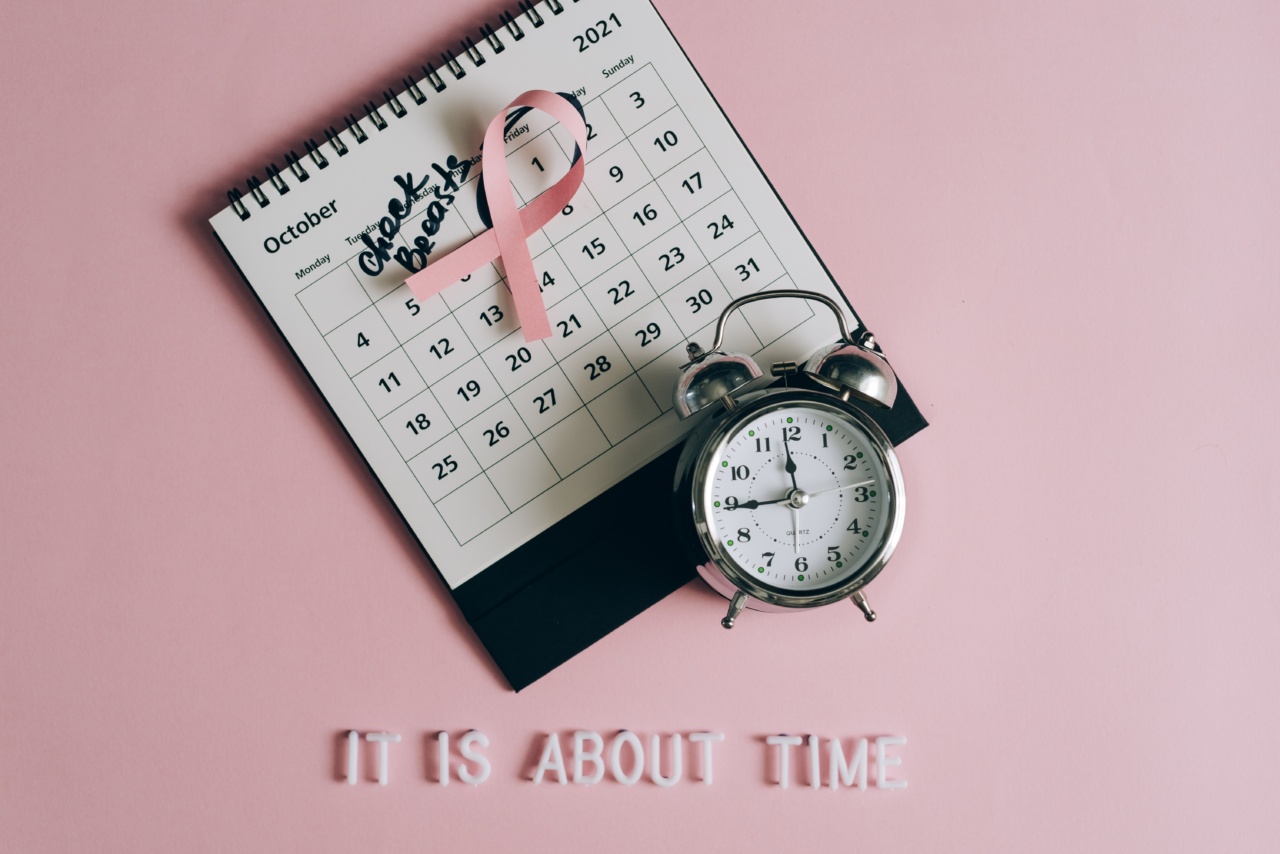Breast cancer is a prevalent form of cancer that affects millions of women worldwide. It is essential to be aware of the risk factors associated with breast cancer, as early detection can significantly increase the chances of successful treatment.
While several factors contribute to breast cancer risk, recent research suggests that your choice of skirt may provide insight into your susceptibility to this disease.
The Relationship between Skirt Styles and Breast Cancer Risk
Several studies have explored the potential correlation between skirt styles and breast cancer risk. The reasoning behind this investigation stems from the impact of certain clothing choices on hormonal balance and overall health.
Understanding the relationship between skirt styles and breast cancer risk can empower individuals to make informed decisions about their clothing preferences and potentially reduce their risk of developing this disease.
The A-line Skirt and Breast Cancer Risk
The A-line skirt is characterized by a fitted waist that gradually flares out towards the hem in the shape of an “A.” This style is popular among women due to its flattering silhouette and ability to suit various body shapes.
However, research indicates that A-line skirts, particularly those made from synthetic fabrics, may contribute to an increased risk of breast cancer.
Studies have found that synthetic fabrics, such as polyester and nylon, can trap heat and moisture close to the body, leading to increased perspiration.
Prolonged moisture exposure in the breast area may promote the growth of bacteria and yeast, potentially disrupting the delicate balance of the breast tissue. Additionally, synthetic fabrics often contain chemical additives that could have estrogen-mimicking effects on the body. Estrogen plays a significant role in the development and progression of certain types of breast cancer.
The Pencil Skirt and Breast Cancer Risk
The pencil skirt is a form-fitting style that follows the natural curves of the body, typically ending just above or below the knee.
While this sophisticated style may be a staple in many wardrobes, it may also influence breast cancer risk through its restrictive nature.
Pencil skirts often have little stretch and can constrict movement, potentially impeding lymphatic flow in the breast area. The lymphatic system is responsible for carrying waste and toxins away from tissues, including the breasts.
Limited lymphatic flow could hinder the body’s ability to eliminate harmful substances, increasing the risk of developing breast cancer.
The Maxi Skirt and Breast Cancer Risk
Maxi skirts are long, flowy garments that typically extend to the ankles or floor. Worn for both casual and formal occasions, they provide comfort and freedom of movement.
These characteristics make maxi skirts an excellent choice for maintaining breast health.
Maxi skirts, often made from natural fabrics like cotton or linen, allow for better airflow and moisture absorption compared to synthetic fabrics.
This breathability reduces the risk of prolonged moisture exposure and offers a healthier environment for the breast tissue. Furthermore, the loose and flowing nature of maxi skirts ensures unrestricted movement, avoiding the potential constriction of lymphatic flow.
The Wrap Skirt and Breast Cancer Risk
Wrap skirts are versatile garments that consist of one end of the fabric being wrapped around the waist and secured with a tie or fastening. This style offers adjustability and customization to fit different body shapes and sizes.
Importantly, the wrap skirt has been associated with a decreased risk of breast cancer.
The flexibility of the wrap skirt prevents tightness or constriction that could compromise lymphatic flow. In addition, wrap skirts are often made from natural fibers, allowing for breathability and a reduced chance of moisture retention.
These factors contribute positively to breast health and may decrease the risk of developing breast cancer.
Other Factors Influencing Breast Cancer Risk
While skirt styles may provide some insight into breast cancer risk, it is crucial to recognize that they are just one factor among many. Various other elements contribute to an individual’s susceptibility to this disease.
Age: Advanced age is a significant risk factor for breast cancer. The chances of developing breast cancer increase as one gets older.
Family History and Genetics: A family history of breast cancer or certain genetic mutations, such as BRCA1 and BRCA2, can significantly increase the risk of developing the disease.
Hormonal Factors: Hormones play a crucial role in breast cancer development. Early onset of menstruation, late menopause, and prolonged hormone replacement therapy can elevate risk.
Lifestyle Choices: Factors such as alcohol consumption, smoking, poor diet, sedentary lifestyle, and excess weight or obesity can contribute to an increased risk of breast cancer.
Conclusion
While skirt styles may offer some insight into breast cancer risk, it’s important to approach this correlation with an understanding of its limitations.
Skirt choices should not be the sole basis for predicting an individual’s susceptibility to breast cancer. It is vital to consider all aspects that contribute to breast cancer risk, including genetic predisposition, lifestyle choices, and hormonal factors.
Regular breast self-examinations, mammograms, and consultations with healthcare professionals are crucial for early detection and prevention. By understanding the various risk factors and taking proactive steps towards breast health, individuals can empower themselves in the fight against breast cancer.






















